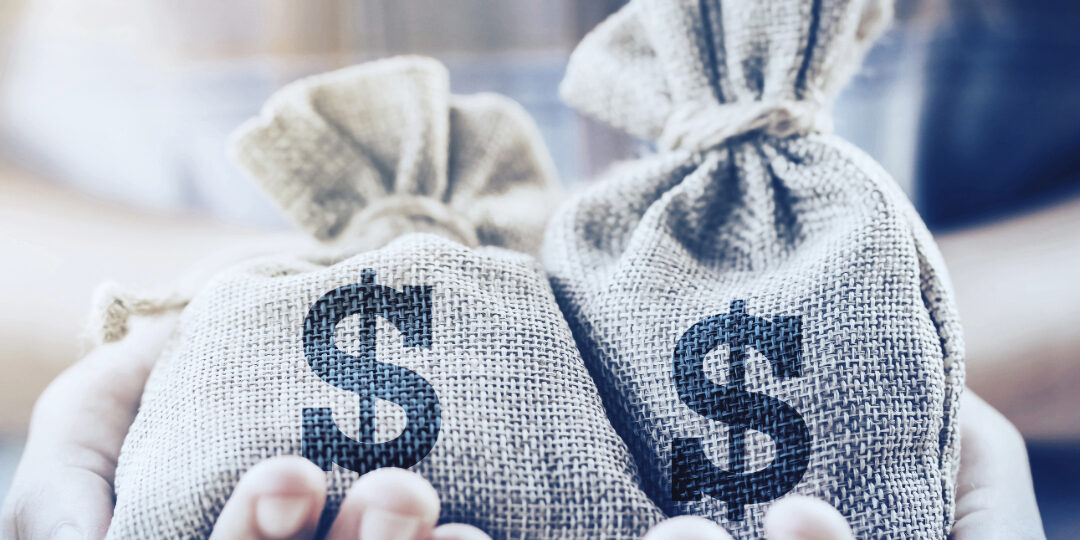Imagine this: You lose your job unexpectedly. Or your car needs urgent repairs. Or there’s a sudden medical expense not covered by insurance.
Now the big question do you have enough money to handle it without panicking?
If your answer is “not really,” you’re not alone. Most people overlook the importance of an emergency fund until they desperately need one.
 What is an Emergency Fund?
What is an Emergency Fund?
An emergency fund is a separate stash of money set aside for unexpected events things that aren’t part of your daily expenses but can turn your life upside down if unprepared.
How Much Should You Save?
Minimum: 3 months of your essential expenses
Ideal: 6 months (especially if you’re self-employed or in a volatile industry)
Essential expenses include:
-
Rent/EMI
-
Groceries
-
Utilities
-
Transportation
-
Basic insurance & phone bills
Example:
If your monthly basics = ₹30,000 → Your emergency fund goal = ₹90,000 to ₹1,80,000
Where Should You Keep It?
-
High-Interest Savings Account: Safe + easy to access
-
Liquid Mutual Funds: Slightly better returns, still accessible within 24 hours
-
Fixed Deposits with Sweep-in Option: Earn interest, but access instantly if needed
Never invest emergency funds in stocks, crypto, or anything volatile.
What NOT to Do
-
Don’t mix it with your regular savings
-
Don’t touch it for vacations, shopping, or gadgets
-
Don’t ignore it if you’re “young” emergencies don’t care about age
How to Build It Step by Step
-
Start with a ₹5,000–₹10,000 target
-
Automate monthly transfers (treat it like a bill)
-
Use extra cash like bonuses, cashback, or refunds to speed up the process
-
Review and adjust every 6 months
An emergency fund isn’t just about money it’s about peace of mind.
It gives you the confidence to walk away from toxic jobs, handle crises calmly, and protect your long-term goals.
So start today. Build your safety net. And let Finmates guide you every step of the way.










